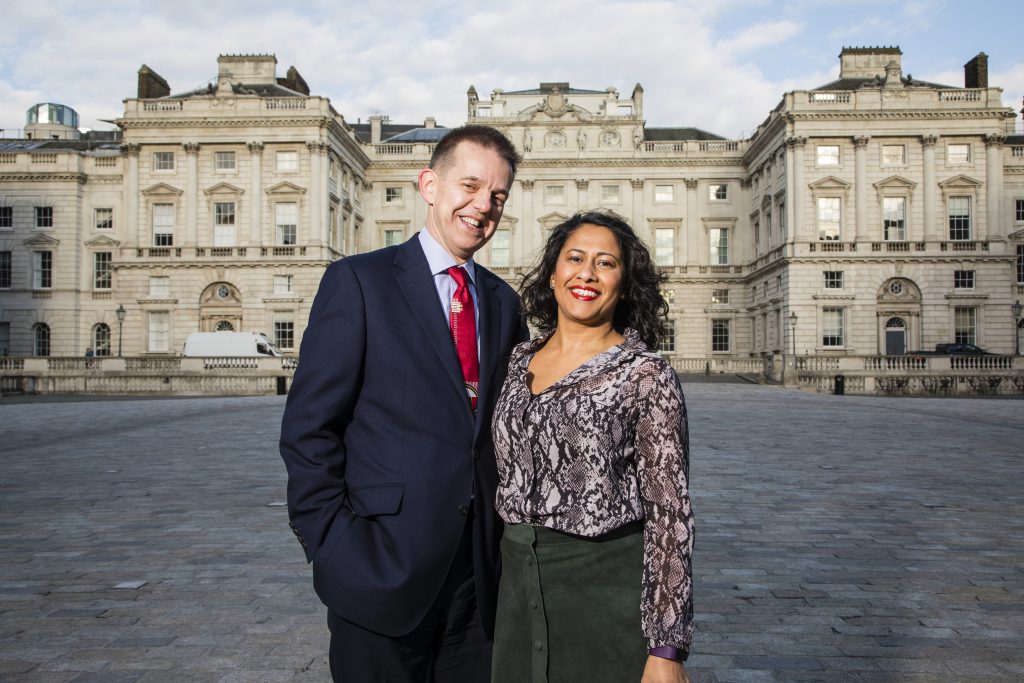So, as I write it is the early days of 2019. The time of year when I reflect on the year we’ve just said goodbye to and look forward and to the opportunities the new year will bring. On this horizon I see the deadline for submission of King’s Race Equality Chartermark looming large.
I recently finished Slay in Your Lane by Elizabeth Uviebinené and Yomi Adegoke and it was like somehow someone had emptied my brain and heart to concentrate so much of my everyday life experience and of other black women (or women of colour) into these few hundred pages.
I reflected that I have had a number of experiences that resonated with Uviebinené and Adegoke’s words and it brought to mind something Patrick Johnson, Head of Equality & Diversity University of Manchester, said at the Leadership Foundation HE BME summit earlier this year. He talked about ‘default man and woman’ – the first, and singular, characteristics we use to describe people that then balloons into our other assumptions about people.
Here is my picture (and my partners!) – what do you see?
I am regularly flummoxed and frustrated to be sitting in meetings, often ones set up specifically to talk about equality, diversity and inclusion. Often those meetings involve discussing data or evidence or insight…
“Yes we looked at gender”
By which they mean the representation of women (usually) but not for race. Or…
“Yes we have done a review for ethnicity… but not for gender.”
Depending on my mood I might sit and wait to see any light bulbs flash up simply by being faced with me – a person who clearly identifies and presents as a woman and who has obviously brown skin – or I might throw in something like “well people have ethnicities and genders at the same time” in a self-conscious or self-righteous tone.
I always feel simultaneously incredulous and awkward and often angry at having to point out this very basic fact. I’m also keenly aware that any such quips need to be contextualised with some good humour as the humourless feminist and angry black woman trope hang over my shoulders. At those moments I wish I could just sci fi like project a showing of Kimberley Crenshaw’s intersectionality talk.
But why does this happen? I ask myself this a lot, and sometimes I ask others. It goes back to ‘default man and woman’ and our brain’s wish to simplify and so use these singular defining characteristics.
A key element of the success of our work in delivering our action plan for the Race Equality Chartermark will be whether we can get every member of the King’s community to seriously challenge their own perceptions and assumptions. When asked to review data and consider equality ‘stuff’ what picture of a person do we have in our mind? Are they just a man or a woman? What about their race, age, sexual orientation, religion or belief or marital status? That picture, if limited, means we risk forgetting/overlooking that there are many different types of identity combinations and our job in considering equality, diversity and inclusion is to consider all of them.
So, with that I say Happy New Year I urge you in 2019 to consider intersectionality and more importantly how you learn about your own and how you learn to actively think about it in your day to day working life.
